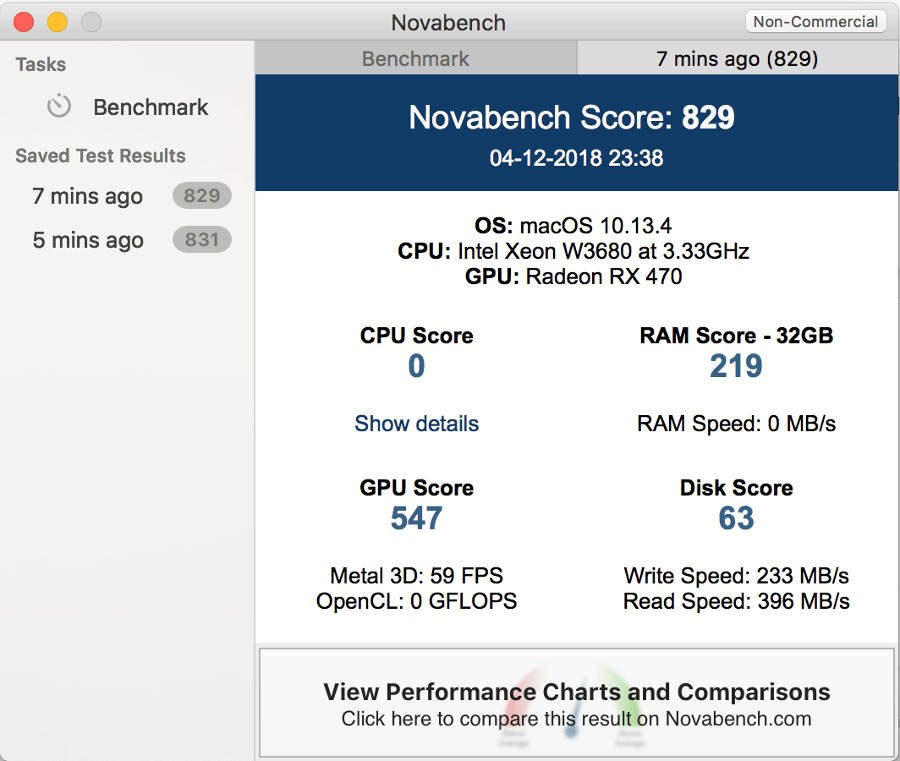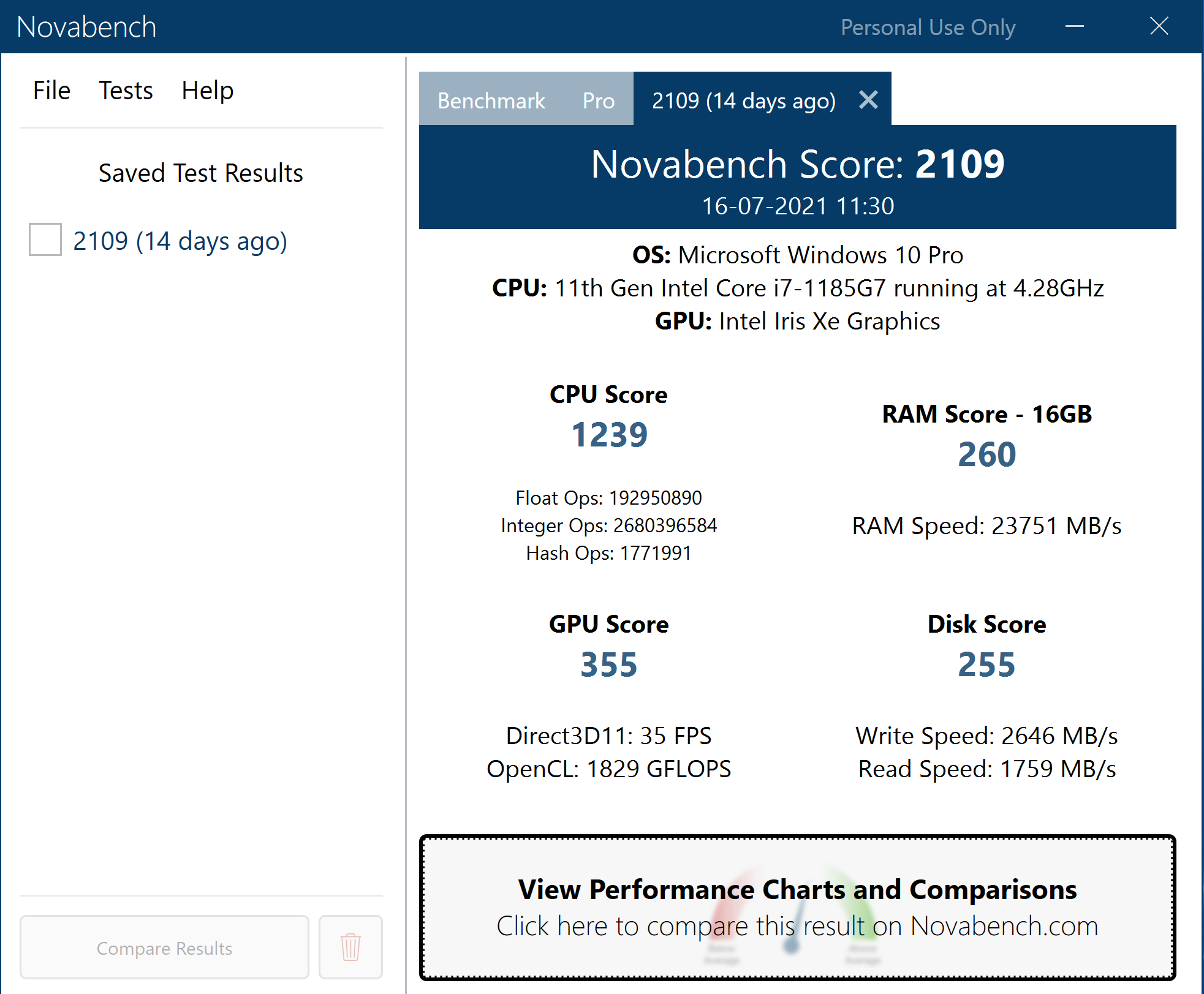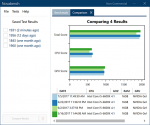

Therefore, the differences between a Core m3 and a i7 may be rather slim, if the thermals are very limited.
#Novabench 7y32 series
The performance of the Y series is highly depending on the cooling solution of the laptop / tablet and the TDP settings for sustained load. Intel basically used the familiar micro architecture from the Skylake / Kaby Lake generation, so the per-MHz performance is identical. Core m3-7Y32), Amber Lake uses the same architecture produced in the improved 14nm+ FinFET process (no 14nm++) but offers higher clock speeds at an increased TDP rating. Compared to the Kaby Lake-Y predecessors (e.g. The chips also includes the Intel HD Graphics 615 GPU, a dual-channel memory controller (DDR3L/LPDDR3) as well as VP9 and H.265 video de- and encoder. Thanks to Hyper Threading, the processor can execute up to four threads simultaneously. The CPU consists of two processor cores clocked at 1.1 - 3.4 GHz. The Intel Core m3-8100Y is a very efficient dual-core SoC for tablets and passively cooled notebooks based on the Amber Lake generation and will be announced around August 2018. Contact your system manufacturer for more information.Intel Core m3-8100Y ► remove from comparison Depending on system configuration, your results may vary. Intel® Smart Response Technology requires a select Intel® Core™ processor, an enabled chipset, Intel® Rapid Storage Technology software, and a properly configured hybrid drive (HDD + small SSD). Otherwise, use the Intel® UHD brand.Ĭheck for systems that support Intel® Identity Protection Technology (Intel® IPT). Intel® Iris® Xe Graphics only: to use the Intel® Iris® Xe brand, the system must be populated with 128-bit (dual channel) memory. Actual TDP may be lower if not all I/Os for chipsets are used. System and Maximum TDP is based on worst case scenarios. Processors that support 64-bit computing on Intel® architecture require an Intel 64 architecture-enabled BIOS. See for more information and applicability of this technology. Max Turbo Frequency refers to the maximum single-core processor frequency that can be achieved with Intel® Turbo Boost Technology. See for more information including details on which processors support Intel® HT Technology. Processor numbers differentiate features within each processor family, not across different processor families. Intel processor numbers are not a measure of performance. Please refer to the Launch Date for market availability.

Please contact OEM for the BIOS that includes the latest Processor configuration update. Functionality, performance, and other benefits of this feature may vary depending on system configuration. Please check with the system vendor to determine if your system delivers this feature, or reference the system specifications (motherboard, processor, chipset, power supply, HDD, graphics controller, memory, BIOS, drivers, virtual machine monitor-VMM, platform software, and/or operating system) for feature compatibility.

‡ This feature may not be available on all computing systems. Refer to Datasheet for formal definitions of product properties and features. Your company as an importer and/or exporter is responsible for determining the correct classification of your transaction. Any use made of Intel classifications are without recourse to Intel and shall not be construed as a representation or warranty regarding the proper ECCN or HTS. Intel classifications are for informational purposes only and consist of Export Control Classification Numbers (ECCN) and Harmonized Tariff Schedule (HTS) numbers. Please contact system vendor for more information on specific products or systems. The information herein is provided "as-is" and Intel does not make any representations or warranties whatsoever regarding accuracy of the information, nor on the product features, availability, functionality, or compatibility of the products listed. Intel may make changes to manufacturing life cycle, specifications, and product descriptions at any time, without notice. All information provided is subject to change at any time, without notice.


 0 kommentar(er)
0 kommentar(er)
